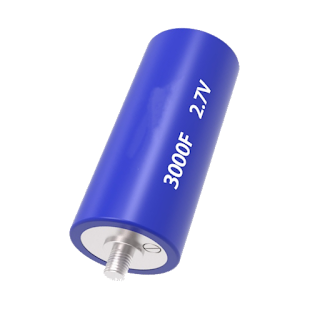MUSIQ – Create any musical tone, just with numbers - Frequency & Duration

Understanding the musical note is not a complex one. Any basic unit of musical tone or a single musical note consist of a frequency and time duration. Frequency is expressed in Hertz (Hz) and Duration is expressed in milliseconds(ms). Enter the number for frequency and duration... Create any musical tone, just from numbers . Features of MUSIQ 1. Create any tones with just numbers. 2. Frequency & Duration data, can be uploaded from.csv file. 3. Frequency $ Duration data can be saved as .csv file. 4. Musical tones can be saved as .wav format. 5 . Sample of notes given in .csv format. Sample musical notes as .csv file Twinkle Twinkle Little Star Happy Birthday to You Mary had a little Lamb Piano notes from C4 to B6 First basics of Note, Scale & Chord What is a Note? A note is a sound with a specific...



